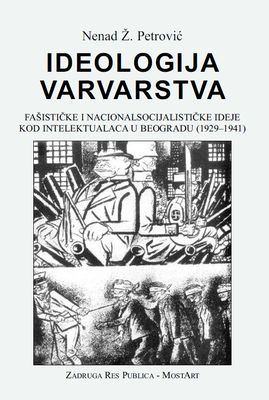
We kindly inform you that, as long as the subject affiliation of our 300.000+ articles is in progress, you might get unsufficient or no results on your third level or second level search. In this case, please broaden your search criteria.

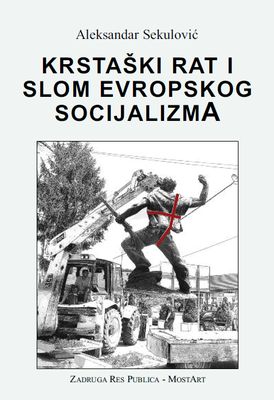
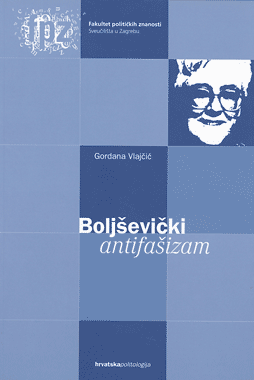
Suočeni smo s time da se hrvatskome antifašističkom otporu poriču demokratske tekovine, uz obrazloženje kako ih nije moglo ni biti jer je komunističko vodstvo ratne tekovine koalicijske antifašističke Narodne fronte iskoristilo kao politički kapital da bi hrvatskoj naciji nametnulo obnovu južnoslavenske državne zajednice, a njoj boljševičku diktaturu. Unatoč činjenici što je ona i uspostavljena, takav pristup odbacuje i zasluge antifašističke borbe za vraćanje matici zemlji teritorija koji su oteti prije i tijekom Drugoga svjetskog rata, oslobođenje hrvatske nacije kolektivne krivnje za holokaust i genocid, sprečavanje obnove južnoslavenske državne zajednice pod vodstvom dinastije Karađorđevića i svrstavanje hrvatske nacije uz bok pobjedničkoj svjetskoj antifašističkoj koaliciji, a to jesu demokratske tekovine hrvatskoga antifašizma.
More...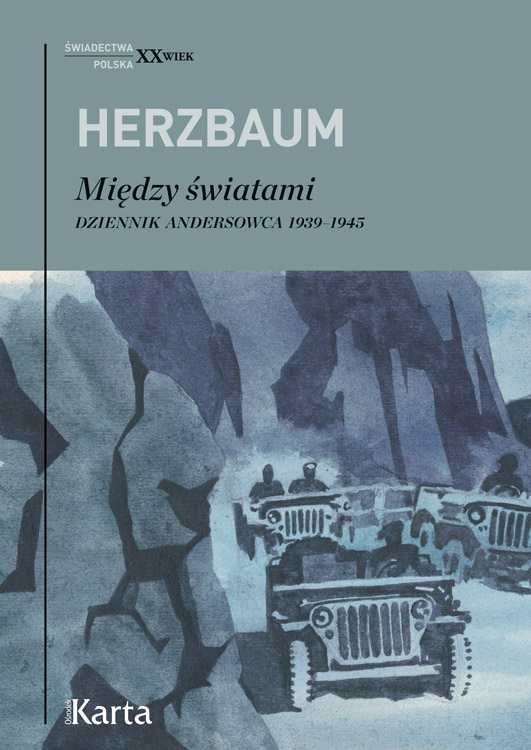
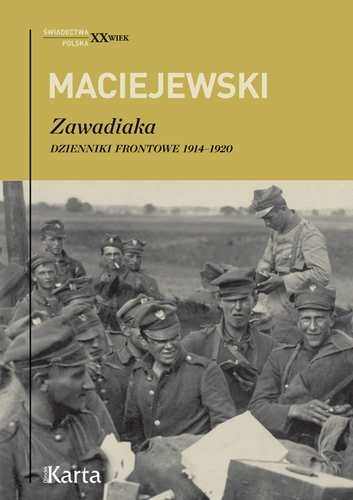
The fates of a young soldier on the front and at the rear at the difficult time from World War I until 1921. There were not many people in Poland who would report on the subsequent stages of our history with such devotion. The book contains the most important and most interesting fragments of diaries and reminiscences from the large output of the author.
More...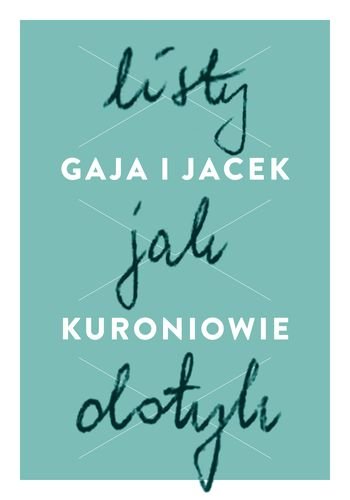
“Letters like a Touch” (1965–1982) is a fascinating story of an exceptional feeling between one of the most important oppositionist, Jacek Kuroń, and his prematurely deceased wife, Gaja (Grażyna) and, at the same time, a historic testimony of the Polish People’s Republic which has been unknown so far. Jacek Kuroń spent a total of 10 years in prison, arrest, or detention centre. The basic form of contact then consisted of letters written chiefly to Gaja. It is a unique correspondence in many respects: for years it was kept by the security service, and, today, it helps to understand the reality of crucial moments in the history of the Polish People’s Republic. Jacek’s prison pictures alternate with the description of Gaja’s everyday life at large. We can find deep reflections in them or echoes of readings, we can witness the birth of many concepts which were later transformed into great ideas changing the history of Poland.
More...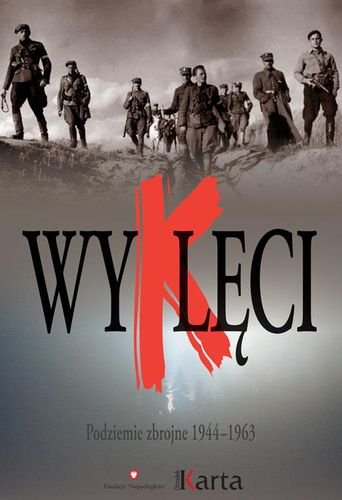
A chronological picture of twenty years of struggle for a perfect free homeland. The story is a compilation of statements by tens of individuals, witnesses of those events. Eyewitness accounts alternate with communiques, appeals, orders, and the correspondence of both local secret police with the headquarters and Lavrenty Beria with Stalin. It all makes us feel like participants in those events.
More...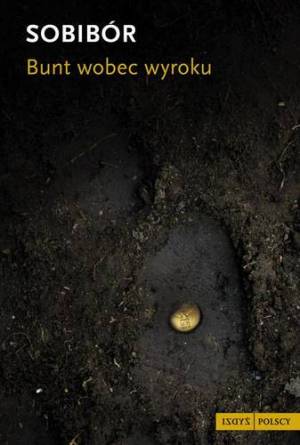
The history of uprising in Nazi extermination camp in Sobibór told by the eye-witnesses who survived and escaped death. 27 testimonies of camp’s prisoners (including two of them who died in the gas chamber) represent over 300.000 of those who perished in Sobibor.
More...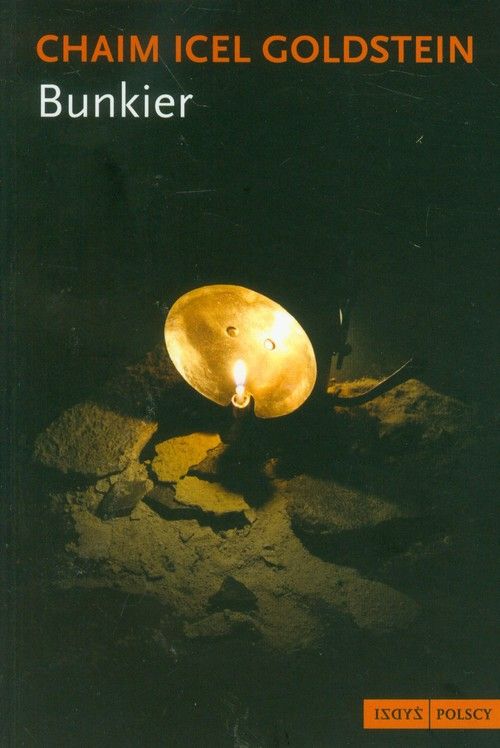
The story of seven Jews and a catholic priest who spent almost 5 months hidden in the basement in the ruins of Warsaw – city completely destroyed after Warsaw Uprising in 1944. Those “Robinson Crusoes of Warsaw” survived times of the terrific threat: human voices heard from the sewage system, first snow that shut off the ways to reach the food. They had to fight their own nature in extreme conditions and ceaseless danger. Due to their determination and sensitivity they managed to survive. After the liberation of Warsaw on January 17th 1945 they came out from their hideaway.
More...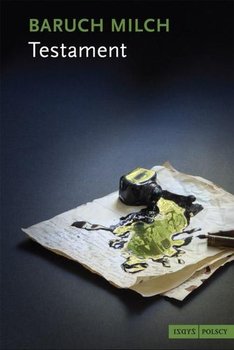
A thrilling testimony of a Jewish doctor, direct witness of the Holocaust, who lost almost all his loved ones and spent 9 months hidden in an attic of the house inhabited by a Polish family. His testimony was written while hiding in Tłuste (today’s Ukraine) in 1943–44. Significant part of the memoirs is devoted to his prewar life and the situation of young Polish Jews in the 1930s. The part of the book related to the war time reflects the cruelty of aggressors and complicated relations between Jewish, Polish and Ukrainian people in the small cities of Podole region.
More...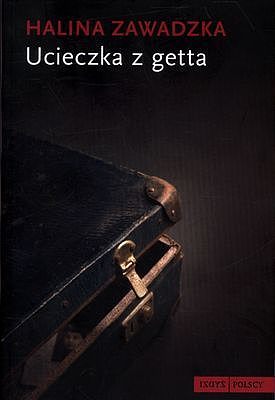
An account made by 18 years old girl. Her Jewish origin was a death sentence but she managed to escape form ghetto in Końskie and survived the Holocaust “on the aryan papers” thanks to help she got from Poles. Her testimony is a vivid image of the everyday life under the Nazis and a frank, truthful study of the Polish-Jewish relations.
More...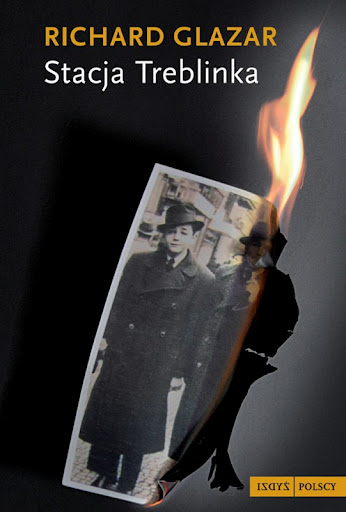
Deeply touching and thrilling account of a Czech Jew. Glazar was one of only a few survivors of the Nazi death camp – Treblinka. He was transported to Treblinka in October 1942 and was one of the workers who sorted the belongings of those sent to the gas chambers. He survived several months working in the camp, knowing that he was working for a cause that killed thousands of Jews. On August 2, 1943, the prisoners of Treblinka broke out through a damaged gate during a revolt. While most of the escapees were arrested in proximity to the camp, Glazar escaped the area and made his way across Poland.
More...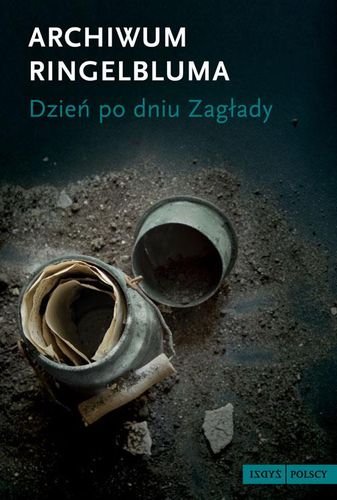
Unique collection of accounts, diaries, memoirs, letters, reports, leaflets, press and literary works created in the Warsaw Ghetto. The material comes from an archive that Jews gathered during the war to document the life of Jewish community inside the Ghetto.
More...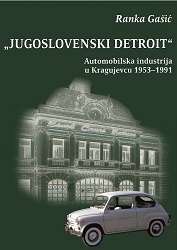
The automobile industry in Yugoslavia started in 1954 at the Crvena zastava factory in Kragujevac. A year before that, the workers` council at the former armament factory voted for introducing cars into their production. The licence was purchased from FIAT in 1954, and a small FIAT vehicle (fiat 600) was assembled at the small range. The new automobile factory was built with the start-up investment of 30 million dollars by FIAT in 1962, for the yearly output of 32 000 cars. It was soon rebuilt and expanded its capacity for the output of 82 000. That marked the beginning of the large scale automobile industry in Yugoslavia. Cars, especially the small-engine ones, were in high demand in the 1960s, but due to the small purchasing power of the Yugoslav population, they were mostly sold on credit. The most popular was "zastava 750", in production for the next 30 years. The Crvena zastava car factory started exporting its products in the early 1960s.
More...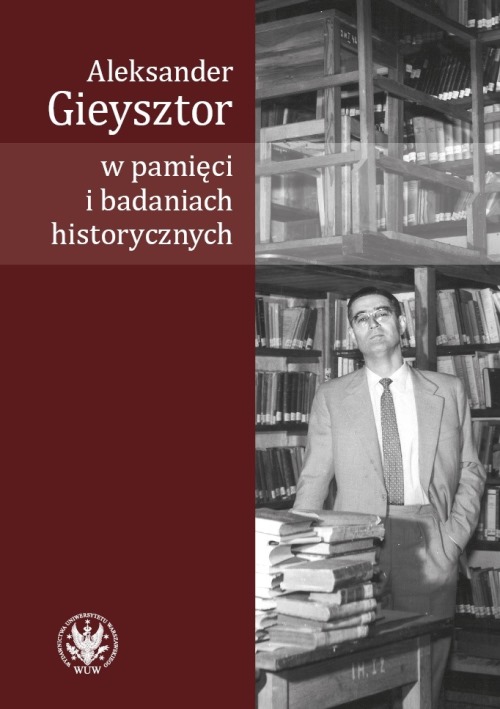
The publication was inspired by the celebrations of the hundredth anniversary of the birth of Professor Aleksander Gieysztor (2016). It contains memoir texts and essays written as a result of the deep scientific reflection on the work of this outstanding scholar. Most papers are devoted to Aleksander Gieysztor as the director of the Institute of History at the University of Warsaw. The book also discusses Professor’s role in shaping the ceremonial of the University of Warsaw.
More...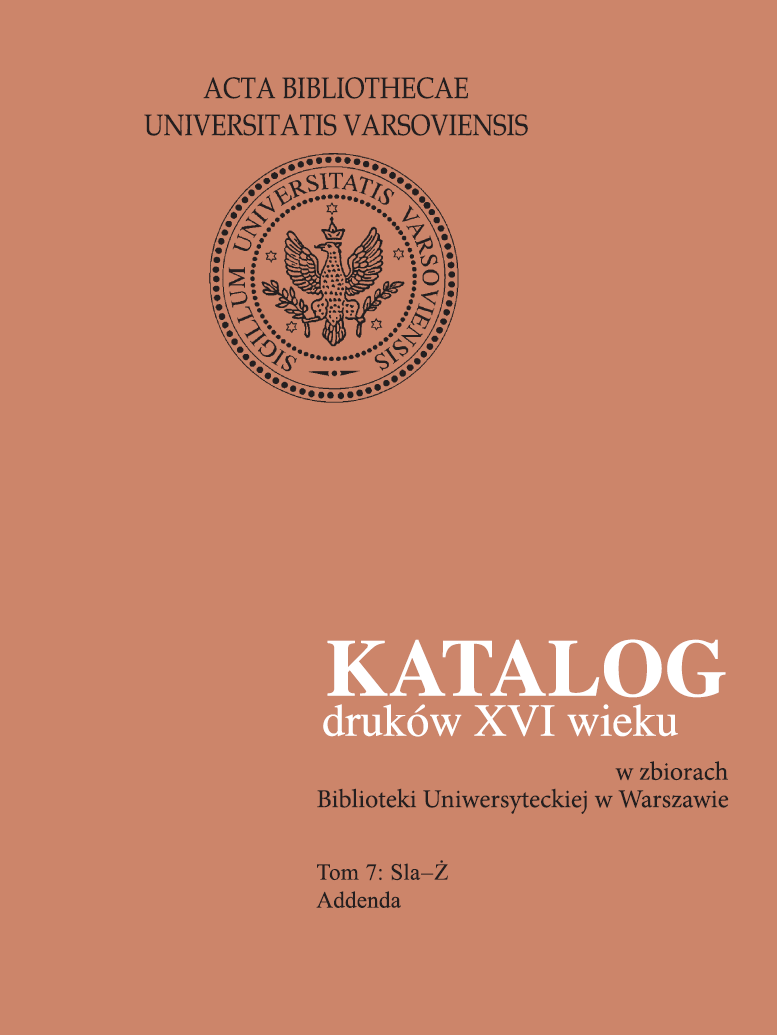
7th volume documenting scientific research on the 16th-century collections of the University of Warsaw Library. It contains descriptions of prints in the range from Sla to Ż, as well as numerous indexes and provenances, and photographs of title pages of some of the prints. It is a comprehensive source database for further book, cultural and historical studies.
More...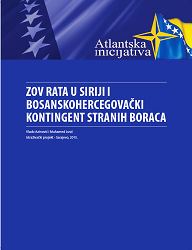
Povratnici s ratišta u Siriji i Iraku – iskušani u borbama, vješti u rukovanju oružjem i eksplozivom, i ideološki motivirani – općenito se smatraju izravnom prijetnjom ne samo po sigurnost Bosne i Hercegovine nego i po regionalnu i međunarodnu sigurnost jer se vjeruje da bi se nakon povratka u matičnu zemlju mogli priključiti već postojećim mrežama ideološki radikaliziranih osoba i zajednica ili uspostaviti nove. Smatra se također da bi se takve osobe mogle angažirati u procesu radikalizacije i vrbovanja novih boraca za sukobe u Siriji i Iraku ili da bi njihova znanja i iskustvo mogli biti privlačni nekoj od organiziranih kriminalnih skupina.
More...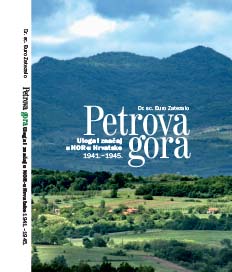
Kordun je područje oko rijeke Korane između Male Kapele na zapadu i Petrove gore na istoku. Ime je dobio prema francuskoj riječi cordon, što znači: vrpca, sistem, niz, red, stražarnica, granica. Cijeli Kordun gravitira prema Karlovcu. Zauzima područja bivših kotareva (srezova): Vojnić, Vrginmost i Slunj. To je veliki kraški ravnjak koji se odlikuje oblicima plitkog kraša s mnogobrojnim vrtačama i uvalama. U njegovom sjevernom dijelu se nalazi Petrova gora (507 n/m). Od Karlovca je udaljena 30 kilometara, okružena cestom Vojnić-Vrginmost-Topusko-Velika Kladuša-Krstinja-Vojnić. To je bjelogoričnom šumom obrasla površina od 10728 hektara. Njenu posebnu prirodnu vrijednost čine bistri žuboreći potoci, mnogobrojne duboko uvučene livade, pašnjaci, izvori dobre pitke vode i obilje šumskog cvijeća. Na svojim brežuljcima i uvalama ona krije 1700 grobova poginulih i umrlih partizanskih boraca NOR-a i 2504 žrtve ustaškog zločina genocida, bezbroj historijskih događaja, mnogo herojskih podviga, ljudskih sudbina, crnih marama i muka čudovišnih.
More...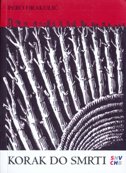
Zločina i zločinaca uvijek je bilo, njih ima i danas i bit će ih sutra. To su neosporne činjenice s kojima čovjek današnjice računa kad živi i kad se priprema za budući život. U vrijeme kad smo na pragu postindustrijskog društva, kad strojevima dirigiranim sa zemlje čeprkamo po površinama dalekih nebeskih tijela, kad je čovjek uspješno koraknuo mjesečevim stijenama, kad osvajamo ono što je bilo i za maštu predaleko, na našoj planeti, tu gdje žive civilizirani narodi, prepuni su ambari opasnosti i stovarišta smrti. Čovjek očito, živeći u proturječnostima ideja i sistema, u različitim ekonomskim i društvenim uvjetima, nije siguran i mora stalno misliti otkud mu i kakva opasnost prijeti, tko će ga i kada napasti, kakve mu katastrofe sprema po svemu sličan čovjek‑brat, čovjek‑nebrat.
More...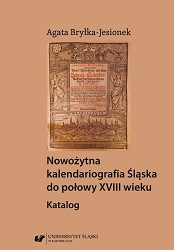
This work concerns the problem of modern Silesian calendariography. The choice of source material was determined by two factors: territorial and temporal. What is the subject matter of this work with reference to the territorial factor, are exclusively calendar publications issued in Silesian printing houses. They include the printing houses in the provinces of Wrocław, Legnica, Brzesko, Kłodzko, Nysa, Opava and Kożuchów. As to the chronological frame, it is determined by the date of the issue of the oldest Silesian calendar print that preserved to the present day. It is the year of 1562, when the Polish-language print entitled “Dzienne sprawy wedlie Niebieskich Biegow ná rok Panski. 1563 […]“ (“Daily matters according to Celestial Cycles for Anno Domini 1563 […]”), edited by Kacper Goski of Cracow. The final frames of this work are determined by the mid-eighteenth century, when significant changes of political character took place. They were a consequence of Silesia getting under Prussian rule resulting from the Peace Treaty of Berlin signed in 1742, which was reinforced three years later by the Peace Treaty in Dresden. This resulted in transformations in the field of legislation, which also had an impact on the calendar publishing market (the so-called Kalender- Patent issued by Frederick II). In total, 78 titles of calendar prints, which comprise 250 annuals, have been collected and cataloged. Despite the rudimentary state of preservation, it should be concluded that Silesian calendar publications were, to a large extent, periodic prints. They were issued mostly in German, occasionally also in Latin and Polish. Calendar publications were not only the effect of the work of their editors and publishers, they were also a specific manifestation of reading activity. Due to the notes made on their cards, their individuality and uniqueness were revealed. They became the trustees of the reader’s thoughts, and thus they played an important role in his/her life. Silesian calendar publications played an important role in the process of nowadays social communication. On their pages, since around the mid-seventeenth century, there had been presented texts reflecting the current state of knowledge in the fields of, among others, running a farm, geography, history, biology, medicine, chronology and astronomy. The aim of the editors was therefore not only to propagate knowledge of a practical nature, but also to expand the readers’ cognitive horizons and satisfy their inquisitiveness about the surrounding world. Reading the calendar printing was also supposed to provide entertainment. The texts published on the calendar pages give evidence of a considerable knowledge of the latest research results, since there were presented the views of well-known and respected, both ancient and modern, authorities. They were also often accompanied by the editors’ own reflections and observations. The calendar publications we are interested in may serve as a kind of measure of ideological changes within communities living in the area of Silesia. Therefore, they can be considered as a manifestation of the changes in the outlooks on life characteristic for a given epoch. The presence of astrological contents in calendar publications may be associated with manifestations of Renaissance thought, and the overabundance of them seems to be close to the ideas of the Baroque era. The face of this type of prints underwent far-reaching transformations in the 18th century, along with the movement of the Enlightenment, since at this time, alongside prints of astrological character, there were also those containing information about everyday life. In this way, calendar publications tried to meet the needs of the reader, thus becoming a kind of ‘mirror’ of social tendencies. They were also to perform the propaganda function, to integrate the circle of recipients around certain ideas and preferred values. The modern calendariography of Silesia is a manifestation of certain trends and fashions functioning within the contemporary society, which is indicated by a comparative analysis of Silesian calendar publications and the ones issued in other typographic centres. The thematic scope of calendariography of particular epochs may be evidence not only of ideological influences, but also of the then mentality within a given society. The texts placed in the calendar publications were, to some extent, to satisfy the needs of an average reader, which undoubtedly was vital to the commercial success of particular titles. These publications played an integrating role, as they were addressed to a wide range of recipients. Within their framework, the first manifestations of democracy and the formation of a civil society may be observed.
More...